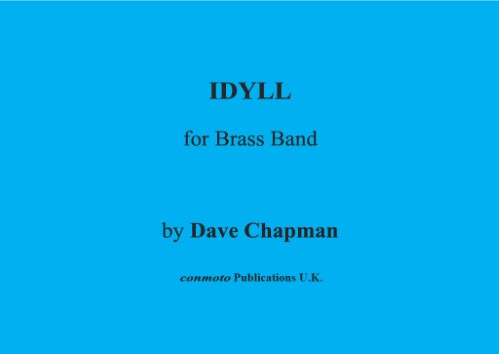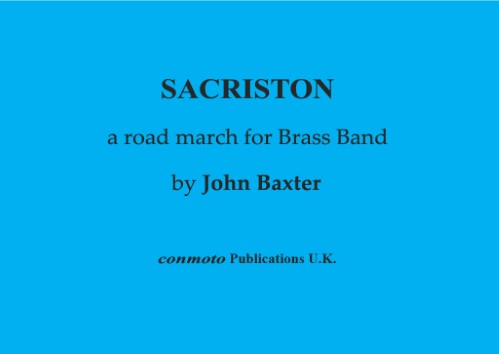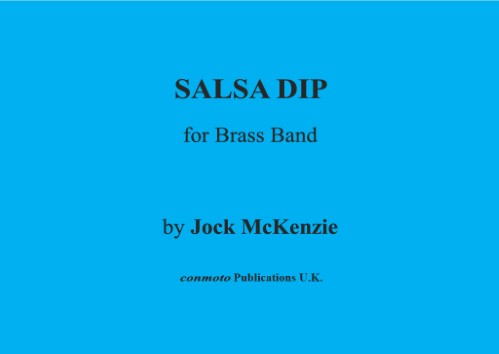Results
-
 £29.95
£29.95Cafe 1719 - Jonathan Bates
DURATION: 2'30". DIFFICULTY: 1st Section+. 'Caf 1719' was composed for the Wantage Silver Band as part of their entertainment contest sets based on the music of Johann Sebastian Bach in 2019. This particular short, jazz-inspired work is composed in tribute to the great French Pianist Jacques Loussier (1934-2019) who received global acclaim for his jazz interpretations of Bach's music, along with many other classical composers. Despite being born in the same year and living in the same country, Bach and Handel never actually met, but what if they had? Cafe 1917 acts as a musical meeting point - in a fictional Jazz Cafe by the Rhine, with the tenor horn section performing a 'Loussier-esque' version of Bach's 'Prelude No.2 in C Minor' whilst on the other side of the cafe, the trombone section follow suit with their take on Handel's 'Bourree from Music for the Royal Fireworks'. Eventually the two meet, share ideas and incorporate them into each other's melodies. Amongst the 2 main featured works by Bach and Handel, the tutti interludes are constructed on music from Bach's 'Toccata and Fugue in D Minor'. .
In Stock: Estimated dispatch 1-3 working days
-
 £8.50
£8.50IDYLL (score) - Chapman, Dave
If you require further information on IDYLL (score), please
In Stock: Estimated dispatch 1-3 working days
-
 £8.50
£8.50MELODY (score) - Chapman, Dave
If you require further information on MELODY (score), please
In Stock: Estimated dispatch 1-3 working days
-
 £8.50
£8.50DRYM (score) - Lewis, Alan (1948-2013)
If you require further information on DRYM (score), please
In Stock: Estimated dispatch 1-3 working days
-
 £8.50
£8.50SACRISTON (score) - Baxter, John
If you require further information on SACRISTON (score), please
In Stock: Estimated dispatch 1-3 working days
-
 £8.50
£8.50SALSA DIP (score) - McKenzie, Jock
If you require further information on SALSA DIP (score), please
In Stock: Estimated dispatch 1-3 working days
-
 £8.50
£8.50SOLO VOYAGE (score) - Wyld, Simon
If you require further information on SOLO VOYAGE (score), please
In Stock: Estimated dispatch 1-3 working days
-
 £8.50
£8.50ALL BAR TWO (score) - McKenzie, Jock
If you require further information on ALL BAR TWO (score), please
In Stock: Estimated dispatch 1-3 working days
-
 £8.50
£8.50ALRESFORD (score) - McKenzie, Jock
If you require further information on ALRESFORD (score), please
In Stock: Estimated dispatch 1-3 working days
-
 £8.50
£8.50SEAHAM TOWN (score) - Baxter, John
If you require further information on SEAHAM TOWN (score), please
In Stock: Estimated dispatch 1-3 working days
